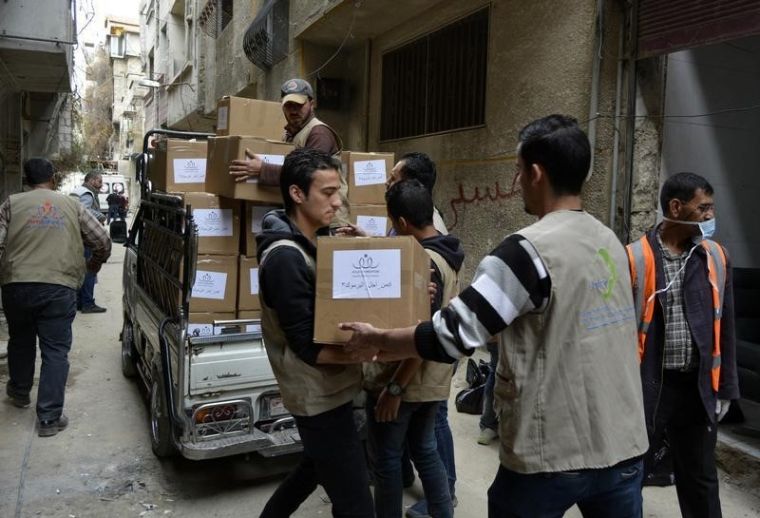Why Giving Your Old Clothes To Charity Actually Makes It Worse
It is the first response when we see a disaster unfolding on our screens.
What can we do?
What about that jumper that I don't wear often? Or those shoes I bought last year? Or that second sleeping bag I have?
Well intentioned but nearly always useless.
That is the conclusion of a report by the Australian Red Cross into what they call "unsolicited bilateral donations" – jargon for unwanted junk.

When faced with a desire to help, people reach for things they imagine would be useful without understanding actually how useless they might be.
Christian Today spoke to Nick Guttmann, head of the humanitarian division at Christian Aid, who told of projects where 90 shipping containers of clothes, shoes, and people's second hand items were leftover at the end.
"It is always meant with great feeling and warmth and wanting to support people who had lost so much," he said.
"But I have hardly ever seen a case where giving goods is the appropriate thing to give."
He explained that every item given has to be sorted and then transported to the disaster area, many of which are highly inaccessible.
There are also extensive customs regulations and other international rules around moving second hand items across borders. Every item of clothing has to be treated and disinfected, even if already clean, he said, which all costs vast amount of money and time.
"The heart and solidarity is there," he said. "But it just doesn't make economic sense. It costs so much to sort all the clothes donations out."
Oenone Chadburn, head of humanitarian support at Tearfund agreed. She said: "Our aim is always to act in the most appropriate and professional way, to get help to the people in need in the fastest possible time. While we appreciate the generous impulse behind unsolicited offers of help, what people want to give doesn't always match the needs on the ground."
The report describes "gifts in kind" as "well meaning" but often not "appropriate for the climate and culture of the receiving country, or meet the needs of those affected.
"They can put pressure on an already-stretched humanitarian supply chain system and incur many thousands of dollars in storage and handling fees.
"They can also have a substantial environmental impact if they need to be destroyed and become land fill in a region where safe waste management options are scarce."
It concludes the message should be "cash is best" when it comes to donations for emergency responses.
Cash donations can feel more distant and less personal than your old favourite jumper or those boots from granny but are much more effective in actually helping those suffering.
"Far and away the best thing people can give is money," said Guttmann.
"It means we can either purchase in country locally, benefitting the local economy. Or we can hand on cash so we can provide for themselves."
Steve Ray, disaster response manager for the Australian Red Cross, added: "Sending unrequested goods has unintended consequences, like diverting relief workers and adding costs to an already stretched emergency response.
"Cash donations allow aid and humanitarian organizations to direct supplies to those most in need of assistance and easily adapt to people's needs as the situation unfolds."











